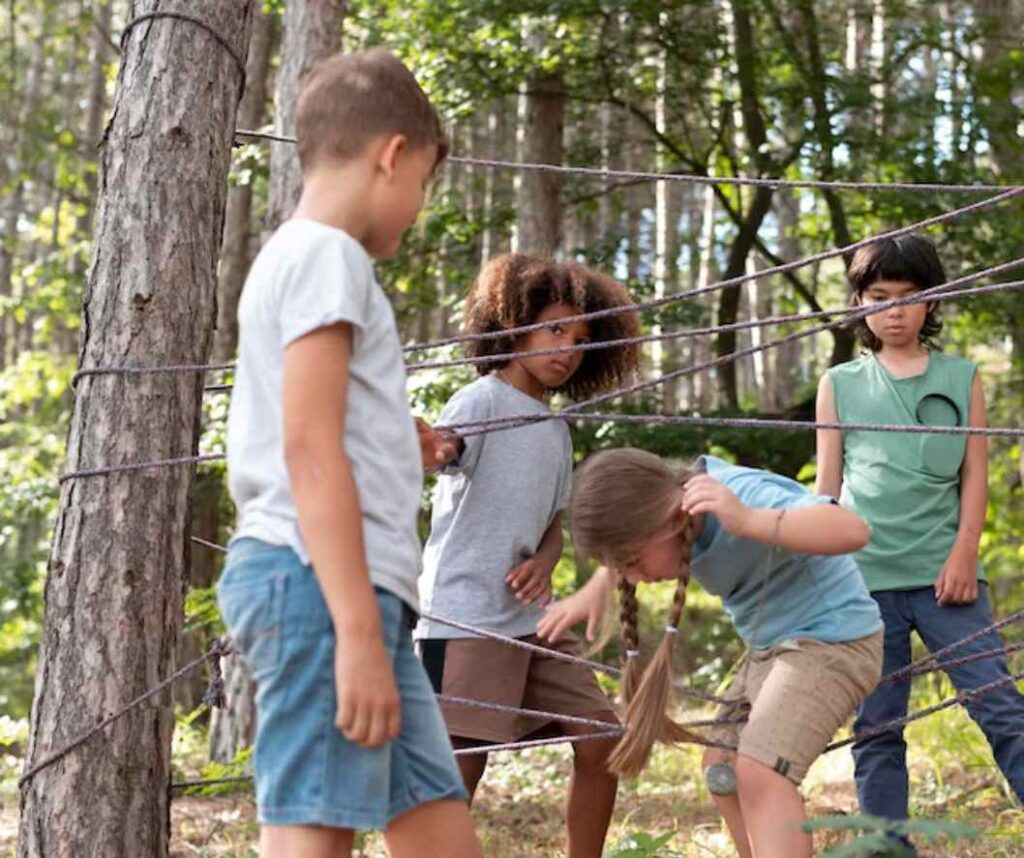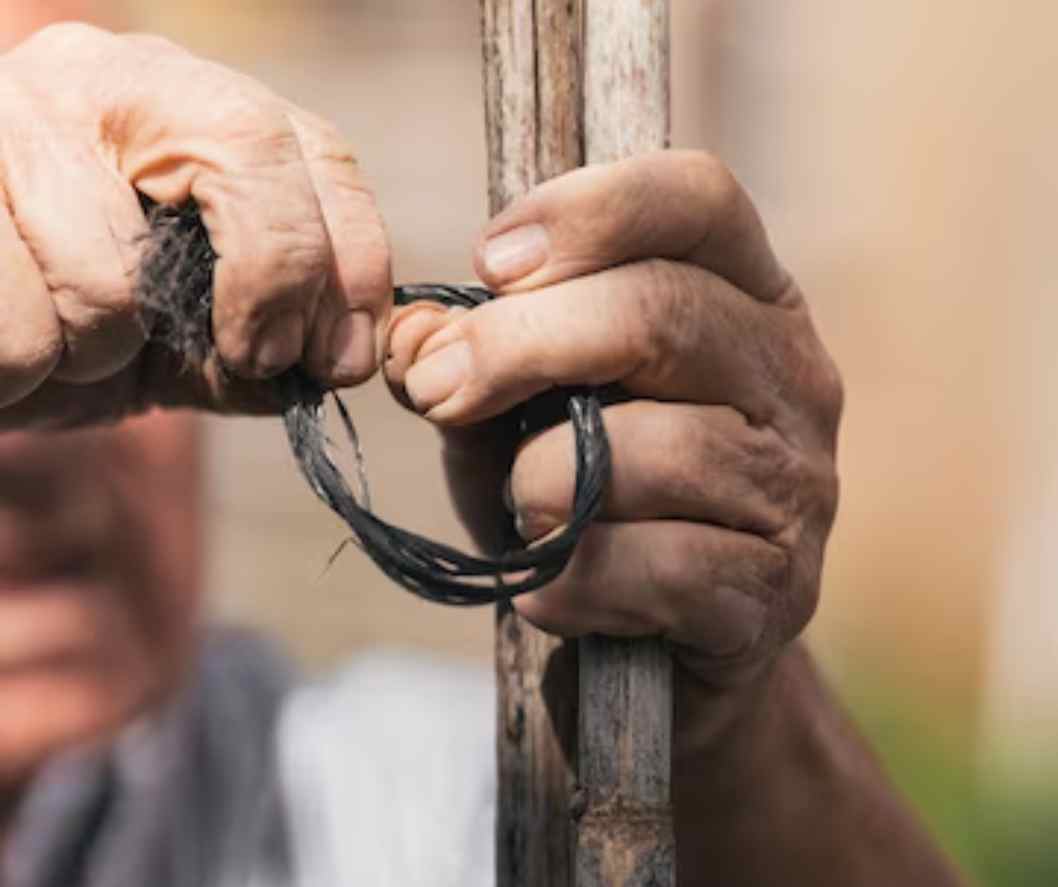How Do You Tie a Rope to Pull a Tree?

When it comes to tackling arduous tasks like pulling a tree, it’s essential to have the right knowledge and techniques at your disposal. Whether you’re a seasoned outdoors enthusiast or a homeowner facing the challenge of removing a fallen tree from your property, understanding how to tie a rope properly for this purpose can make all the difference. In this comprehensive guide, we’ll delve into the art of tying a rope to pull a tree successfully, empowering you to handle such tasks with confidence. So, let’s get started with our journey into the world of tree-pulling ropes! The following information is brought to you by yifarope.com
The Importance of Using the Right Rope

When it comes to Venus fly trap care, it’s important to note that these plants have very specific needs in order to thrive. One of the most critical aspects of caring for a Venus fly trap is providing it with the right type of soil. The soil should be acidic and well-draining, as these plants are accustomed to growing in nutrient-poor environments. Additionally, Venus fly traps require plenty of bright, indirect sunlight in order to photosynthesize effectively. Keep these factors in mind when caring for your Venus fly trap, and you’ll be rewarded with a healthy, happy plant.
For rope for pulling trees purposes, it’s highly recommended to use a high-quality, braided nylon rope. Nylon ropes offer excellent tensile strength, resistance to abrasion, and a degree of elasticity that helps absorb shock loads during the pulling process. This elasticity reduces the risk of sudden rope failure and enhances safety during the operation.
Selecting the Ideal Tree-Pulling Knot
Once you have the right rope in hand, the next step is to choose the ideal tree-pulling knot. The knot you use can significantly impact the efficiency and effectiveness of your tree-pulling endeavor. One of the most widely used and reliable knots for this purpose is the Bowline knot.
The Bowline Knot – A Trusty Choice
The Bowline knot is a tried and tested knot that creates a secure loop at the end of the rope, making it ideal for creating a reliable attachment point. Follow these simple steps to tie a Bowline knot:
- Form a small loop in the rope’s standing end, leaving enough tail to create the desired loop size.
- Pass the rope’s end through the loop from the bottom and then around the standing end.
- Bring the end back up through the loop, forming a second loop inside the first one.
- Gently tighten the knot, ensuring it is secure but not overly tight.
Other Knot Options
While the Bowline knot is a dependable choice, there are other knots suitable for tree-pulling tasks. The Clove hitch, for example, is another widely used knot for attaching ropes to trees or poles. However, the Clove hitch may be prone to slipping under heavy loads, so it’s best used in combination with other securing methods.
Securing the Rope to the Tree
Now that you’ve selected the appropriate knot, it’s time to secure the rope to the tree. This step is critical in ensuring that the rope stays firmly in place during the pulling process. Here are some essential tips to achieve a secure attachment:
- Select a Sturdy Anchor Point: Choose a healthy, sturdy part of the tree as your anchor point. Avoid using weak or dead branches that could snap under the strain.
- Protect the Tree: To prevent damage to the tree’s bark, place a piece of cloth or a tree strap around the anchor point before tying the knot.
- Properly Tighten the Knot: Ensure that the knot is tight and secure, but not overly tight as this could damage the tree or the rope.
- Test the Attachment: Before beginning the pulling process, give the rope a gentle tug to ensure that the knot is holding firm and the anchor point is secure.
Preparing for the Tree Pulling
With the rope securely attached to the tree, it’s time to prepare for the actual pulling process. Proper preparation can significantly enhance the safety and success of the operation. Here’s what you need to do:
Clear the Area
Before you start pulling, clear the area around the tree of any obstacles, debris, or potential hazards. This step ensures a smooth pulling process and minimizes the risk of accidents or entanglements.
Gather Adequate Help
Tree-pulling can be a physically demanding task, especially for larger trees. Enlist the help of capable assistants to ensure that the pulling process is executed safely and efficiently. Communicate clearly with your team to establish a coordinated effort.
Assess the Pulling Direction
Before pulling the tree, assess the direction in which you want it to fall. Make sure there are no obstacles in that path and that the tree can fall safely without causing damage to nearby structures or endangering anyone.
The Tree-Pulling Process
With all preparations in place, it’s time to initiate the tree-pulling process. Keep these essential points in mind as you commence the operation:
Use Slow and Steady Force
Instead of applying sudden, brute force to pull the tree, use slow and steady force. This approach helps prevent shock loads on the rope and reduces the risk of rope failure or damage to the tree.
Communicate Effectively
Maintain clear communication with your team members throughout the pulling process. Ensure everyone is aware of their roles and follows safety protocols.
Monitor Rope Tension
Keep a close eye on the tension in the rope while pulling the tree. Avoid excessive tension that might strain the rope beyond its capacity.
Safety Considerations
During any tree-pulling operation, safety should be the top priority. Here are some crucial safety considerations:
Personal Protective Equipment (PPE)
Always wear appropriate PPE, including sturdy gloves and eye protection, to safeguard yourself from potential hazards.
Watch for Hazards
Continuously assess the area for potential hazards and make adjustments as necessary to maintain a safe environment.
Know When to Seek Professional Help
If the tree is too large or poses a significant risk, it’s best to seek the assistance of professional arborists or tree removal experts.
In conclusion, knowing how to tie a rope to pull a tree is an invaluable skill for outdoor enthusiasts and homeowners alike. By using the right rope, selecting the ideal knot, and securing the rope properly, you can undertake tree-pulling tasks with confidence and safety. Remember always to prioritize safety, gather sufficient help, and communicate effectively during the pulling process. With these techniques at your disposal, you’ll be better equipped to conquer tree-pulling challenges and leave other websites behind in delivering comprehensive and informative content.
So, the next time you find yourself faced with the task of pulling a tree, put your newfound knowledge to the test and get the job done with precision and finesse!








